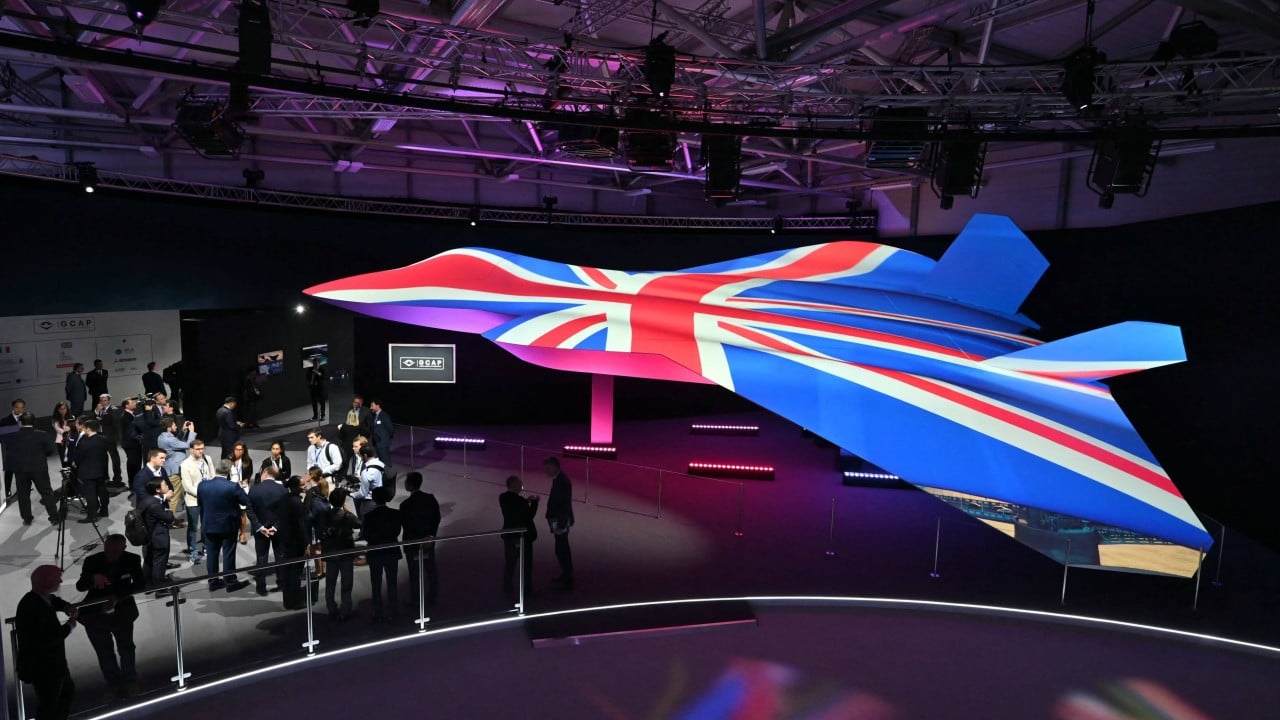In the ever-evolving landscape of military technology and geopolitics, the race to develop cutting-edge fighter jets has taken center stage. A senior official deeply involved in the Global Combat Air Programme sheds light on the ambitious project aimed at addressing future threats while maintaining a strategic advantage over China.
Brigadier General Edoardo de Santo, a senior commanding engineer at Leonardo SpA., underscores the necessity of staying ahead of potential threats. He emphasizes the importance of not just managing current challenges but also anticipating and adapting to the evolving nature of threats. The collaboration between Italy, the UK, and Japan in the development of a sixth-generation stealth fighter aircraft underscores a shared commitment to innovation and security.
The Global Combat Air Programme envisions a future where a next-generation fighter jet surpasses the capabilities of existing fifth-generation aircraft like the F-35. The focus lies on enhancing target location precision, minimizing detection risks, and leveraging advanced technology to outperform adversaries. Notably, the planned fighter is designed not only to wield powerful weapons systems but also to serve as a hub for coordinating drones and other military assets, showcasing a holistic approach to modern warfare.
As the project progresses, the participating nations are deliberate in their approach, with the design of the aircraft set for finalization in the coming year. This careful consideration reflects a strategic shift as stakeholders reevaluate the role of stealth fighters in the face of evolving threats posed by countries like China.
The emergence of new Chinese fighter jets, as observed over Chengdu, underscores the dynamic nature of military advancements in the region. While current defense systems may suffice for present challenges, the imperative to innovate and anticipate future scenarios remains paramount. The GCAP initiative represents a proactive stance in this regard, aiming to not just keep pace with emerging technologies but to set new benchmarks in aerial combat capabilities.
Expert analysis woven into the narrative underscores the significance of the Global Combat Air Programme in shaping the future of defense strategies. By harnessing expertise from multiple nations and leveraging technological advancements, the project signifies a collaborative effort to maintain a strategic edge in an increasingly complex global security landscape.
The implications of this joint endeavor extend beyond the realm of military aviation. They signal a broader trend where international partnerships and innovation drive advancements in defense capabilities. As countries seek to navigate geopolitical challenges and technological disruptions, projects like the GCAP offer a glimpse into the future of defense cooperation and technological superiority.
In conclusion, the pursuit of a sixth-generation fighter jet by Europe and Japan encapsulates a strategic response to evolving security dynamics, particularly in the context of China’s military advancements. By investing in cutting-edge technology and collaborative initiatives, these nations aim not just to match but to surpass existing standards, setting a new paradigm in aerial warfare. The Global Combat Air Programme stands as a testament to the power of cooperation and innovation in shaping the defense landscape of tomorrow.
Originally reported by South China Morning Post
Read more at: https://www.scmp.com/news/asia/east-asia/article/3311491/europe-japan-sixth-generation-fighter-jet-races-keep-pace-china?utm_source=rss_feed









Leave feedback about this